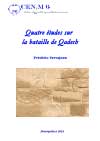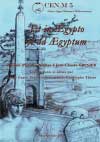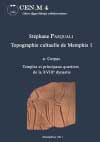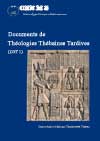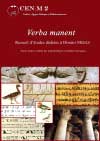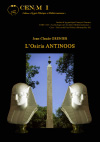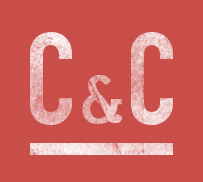The Ancaster Mallowan Collection
'Agatha Christie delivers another mystery beyond the grave' proclaimed the Telegraph in February 2010, when it transpired that an auction of some of the contents of Greenway House, in Churston Ferrers, Devon (Agatha's holiday home), had contained more than the auctioneers realised. They had unwittingly sold a locked trunk that was later revealed to contain Agatha's family jewellery.
At the same sale, other boxes of 'treasure' from Greenway House were sold, not the sparkly kind, but evidence of Max Mallowan's (Agatha's second husband) career as a prominent archaeologist; this website brings together some of this evidence, so that it can be enjoyed by a wider audience.
Crak (a mound to the east of Tell Brak) and Tell Brak, Upper Khabur Plain, Syria, 1937There are some notes on workmen in the rear of the notebook.(OB10).















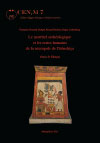
 Consulter cet ouvrage
Consulter cet ouvrage  Télécharger au format PDF
Télécharger au format PDF  Commander cet ouvrage
Commander cet ouvrage